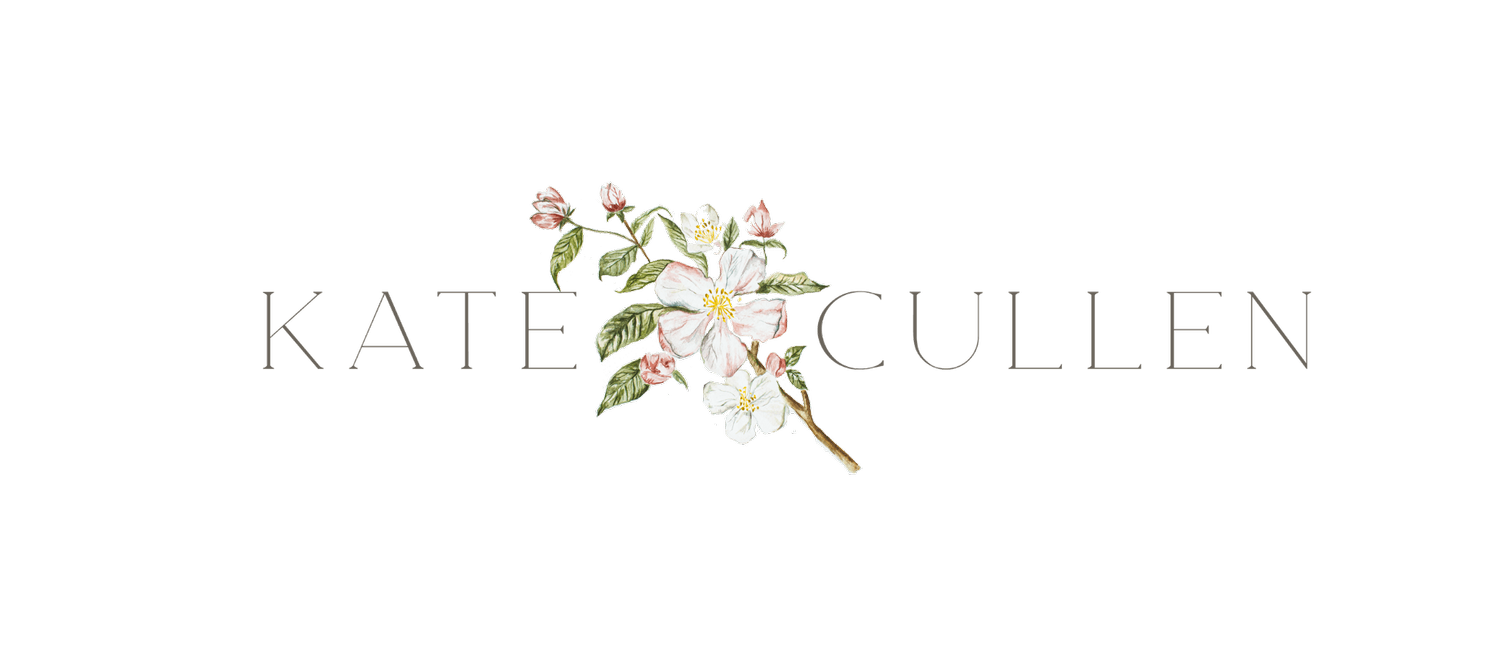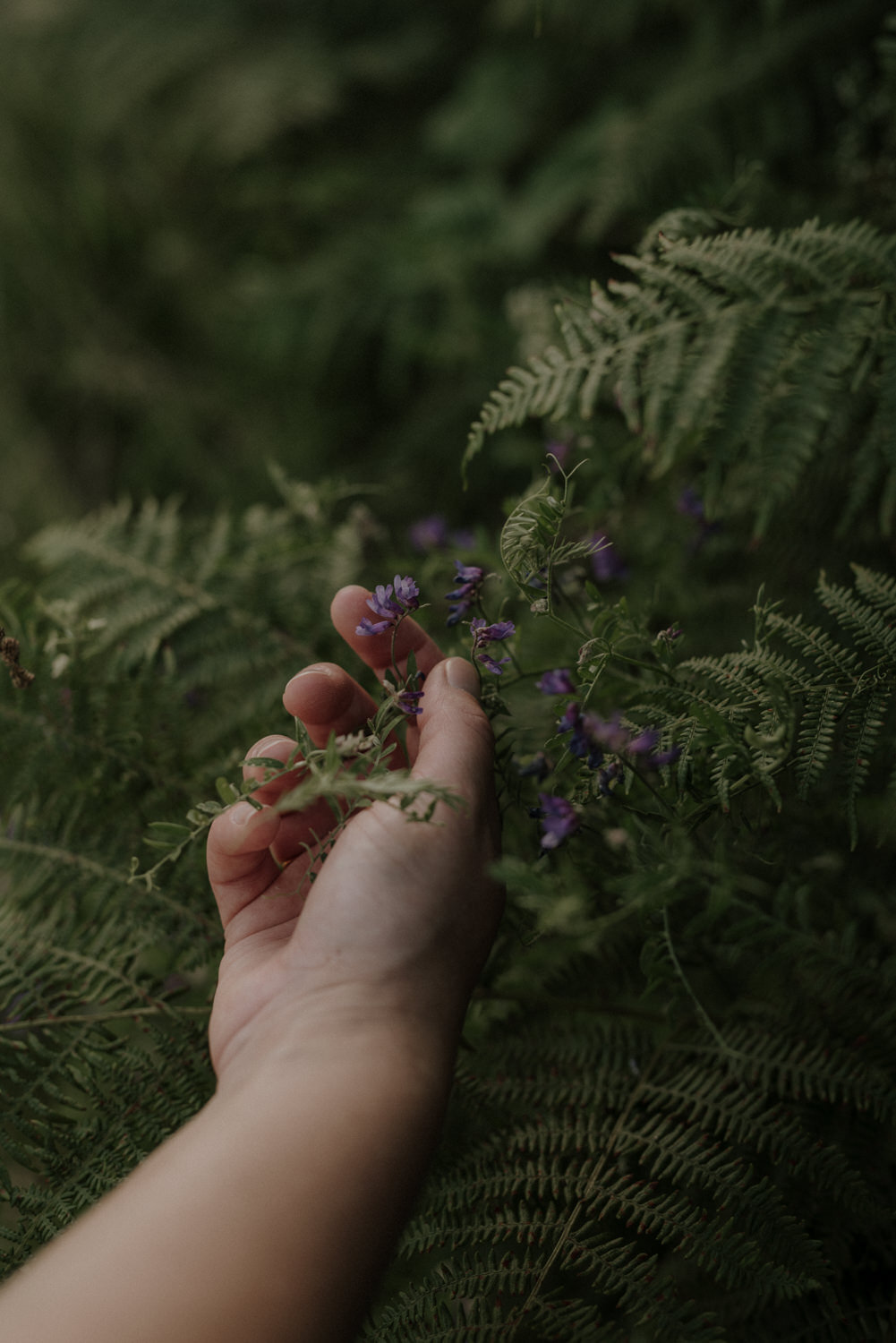Nature's ever-changing palette: a guide to photographing wildflowers and edible plants year-round
Nature is an ever-changing canvas, with each passing month bringing new and unique photography opportunities. From the first frosty morning of winter to the wildflowers of spring, the lazy days of summer to the vibrant hues of autumn, every season has something special to offer.
As a nature-inspired photographer, it's staying tuned in to the changing environment helps me take advantage of the diverse photographic opportunities available all year round. In this blog post, I'll explore the best ways to capture the beauty of nature throughout the months and provide a guide to help you plan your next outdoor photography adventure. This guide will help you make the most of every season and capture the magic of nature's ever-changing palette.
Spring
March-May
My favourites are crab apple blossom, wild cherry, blackthorn and hawthorn, cowslips, daffodils, primroses, cuckooflowers, bluebells, cow parsley, wild garlic, gorse, celandines, forget-me-nots, elderflowers and dandelions.
Summer
June-August
Dog roses, heather, oxeye daisies, irises, common vetch, knapweed, honeysuckle, foxgloves, herb robert, buttercups, clover, wild orchids, elderberries, wild carrot, and poppies.
Autumn
September-November
Autumn leaves are of course an easy favourite, as well as sloes, blackberries, hawthorn berries, sweet chestnuts, hazelnuts, cyclamen, wild carrot, borage, meadow cranesbill and bracken.
Winter
December-February
Seedheads are an absolute favourite of mine in winter, with umbellifers and teasels giving beautiful architectural forms (especially covered in frost). Then also ivy, holly and all the evergreens, and of course snowdrops.
Essential gear for wildflower and plant photography
Whatever your camera it’s possible to capture beautiful imagery of what’s growing around you. If you have a DSLR or Mirrorless camera with the ability to swap out lenses then I recommend the following below. But even with a smartphone camera, taking it off auto and exploring different f stops and exposure settings can really bring new life to your photos, especially if you combine it with editing using an app like Lightroom Mobile (may favourite image editing app).
Macro lenses: Macro lenses are designed for close-up photography and allow you to capture the intricate details of wildflowers. I like to use my Nikon 105mm.
Telephoto lenses: Telephoto lenses can be useful for isolating wildflowers from their surroundings and capturing them from a distance. A 70-200mm (I adore my 2.8 Sigma lens) or 100-400mm zoom lens can be a versatile choice for wildflower photography.
Wide-angle lenses: Wide-angle lenses can help you capture the beauty of wildflowers in their natural habitat and create a sense of place. A 16-35mm or 24-70mm zoom lens can be a great choice for landscape-style wildflower photography.
Tips for planning and preparing for wildflower and food foraging photography trips
Get down low: Photograph wildflowers at eye-level or lower to capture their intricate details and to create a more dynamic composition.
Use a tripod: A sturdy tripod can help you stabilize your camera and ensure sharp images, especially when shooting in low light conditions.
Consider the lighting: The best light for wildflower photography is usually soft and diffused, such as during the early morning or late afternoon. Avoid shooting in harsh midday light, which can create harsh shadows and overexposed highlights.
Use a wide aperture: A wide aperture (low f-stop number) can create a shallow depth of field, which can help isolate the flower from its surroundings and create a beautiful blurry background.
Focus on the details: Use manual focus or focus on the most important part of the flower to create a sharp, detailed image.
Watch the wind: Wait for calm conditions or use a higher shutter speed to freeze the movement of the flower in the wind. Or experiment with movement and use a lower shutter speed to evoke the feeling of windswept hills.
Experiment with composition: Try different angles, framing, and perspectives to create unique and interesting compositions.
Don’t be afraid to capture your hands or do a bit of self-portraiture on your travels. Often some of the most compelling images are because of how we are interacting with the beauty that we see. It also provides a sense of scale.
Bring a reflector or diffuser: A reflector can help bounce light onto the flower, while a diffuser can help soften and diffuse harsh light.
Respect the environment and rural property: When photographing wildflowers, be mindful of your impact on the environment and always stay on designated footpaths to avoid trampling or damaging the delicate plants.
Final thoughts on capturing nature throughout the year
Whatever the month, there is always something to seek out with your camera, from the tiniest orchid flower to the carpets of bluebells. Noticing the seasons change through documenting them with my camera brings a sense of connection to the earth that I have struggled to find previously, and I can photograph the same species a hundred times over and still find something new to say or feel.





